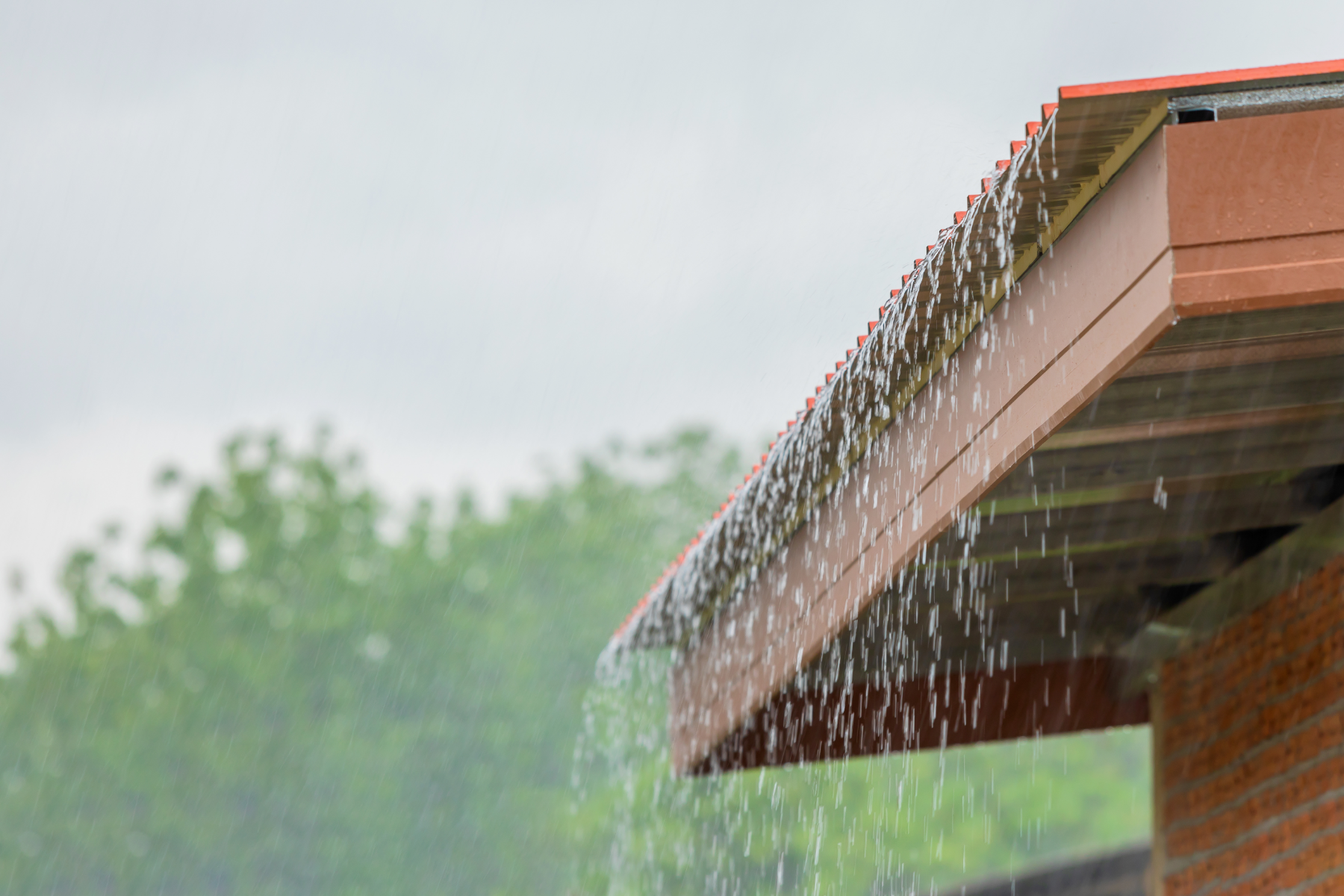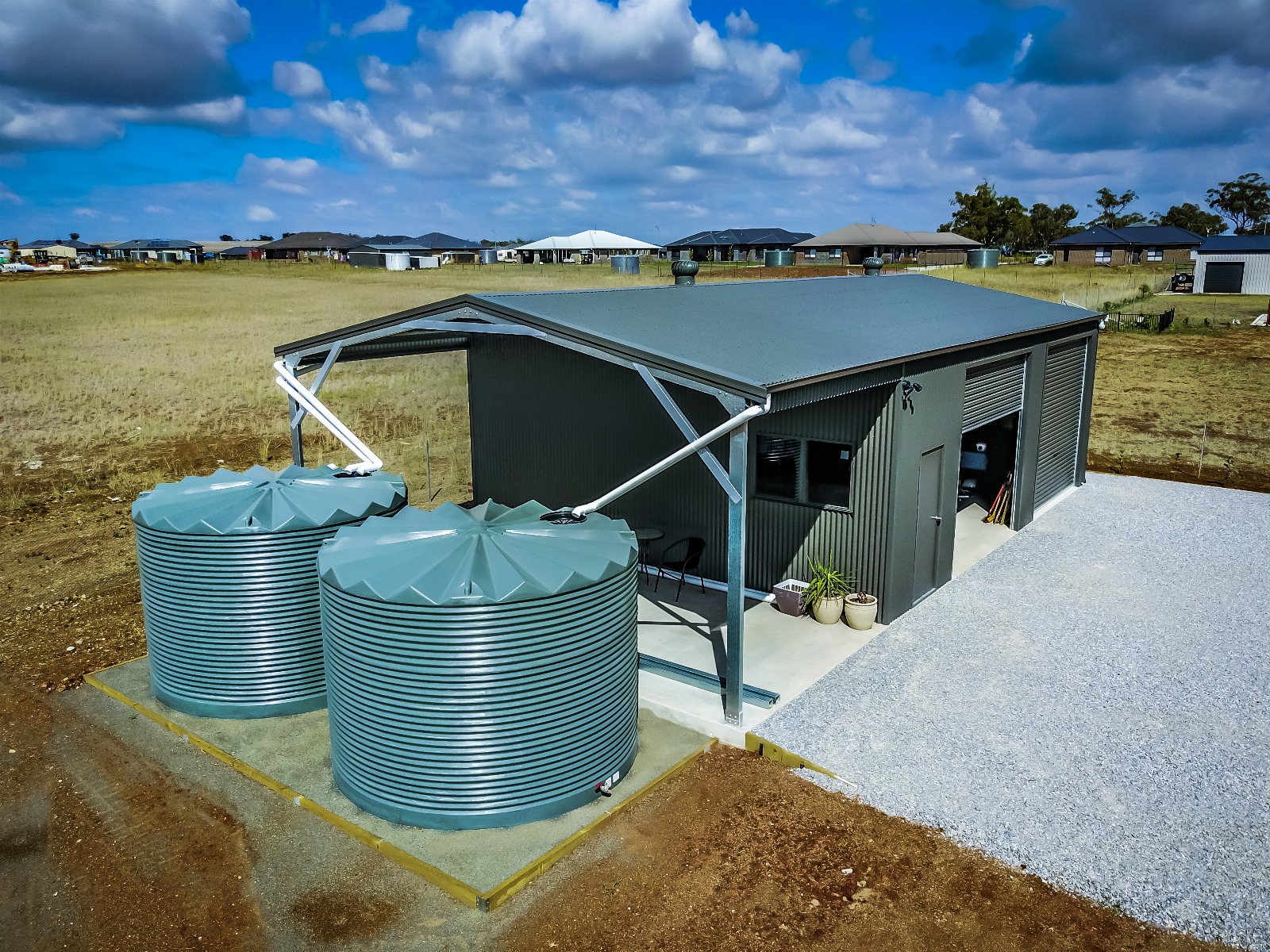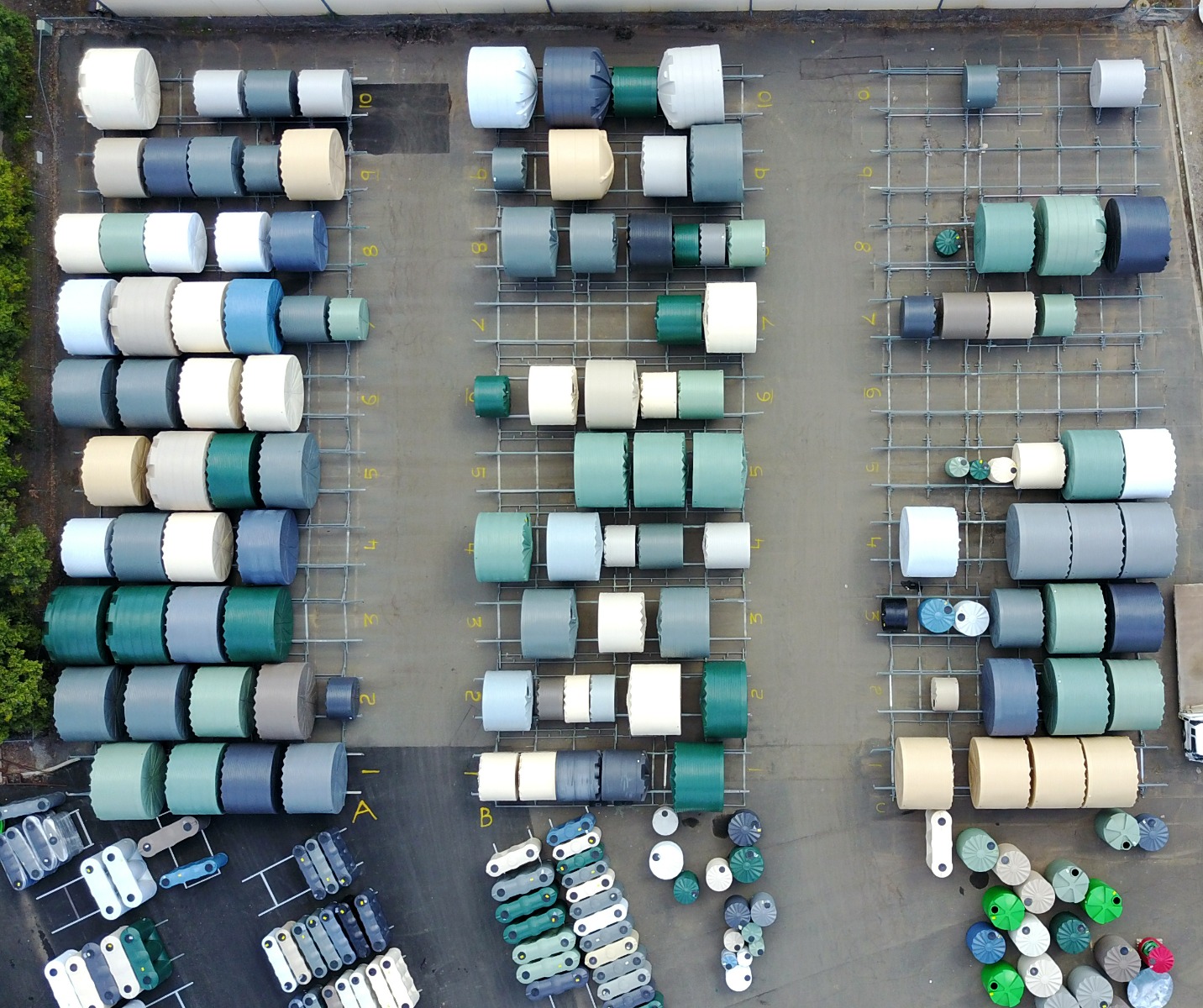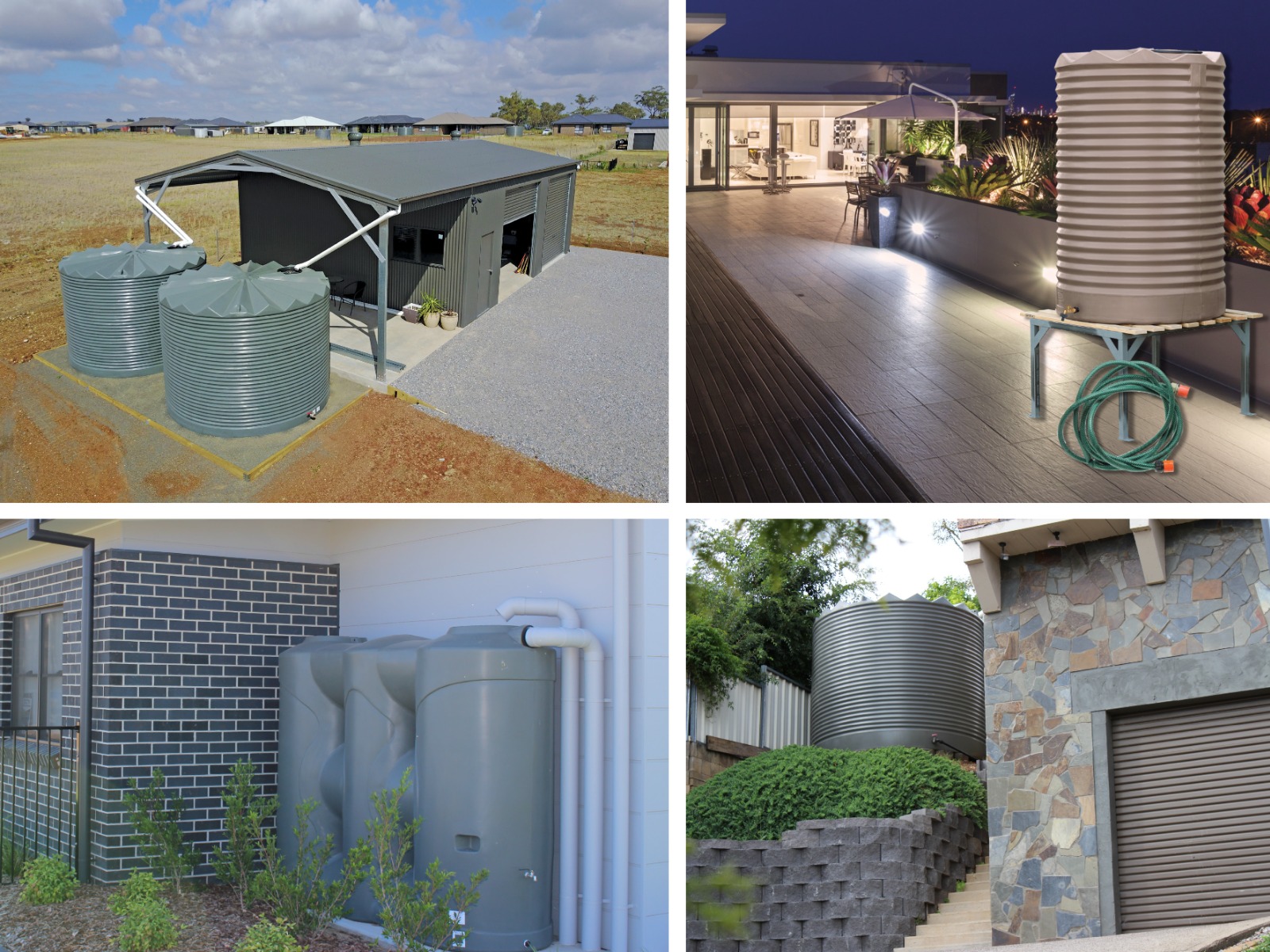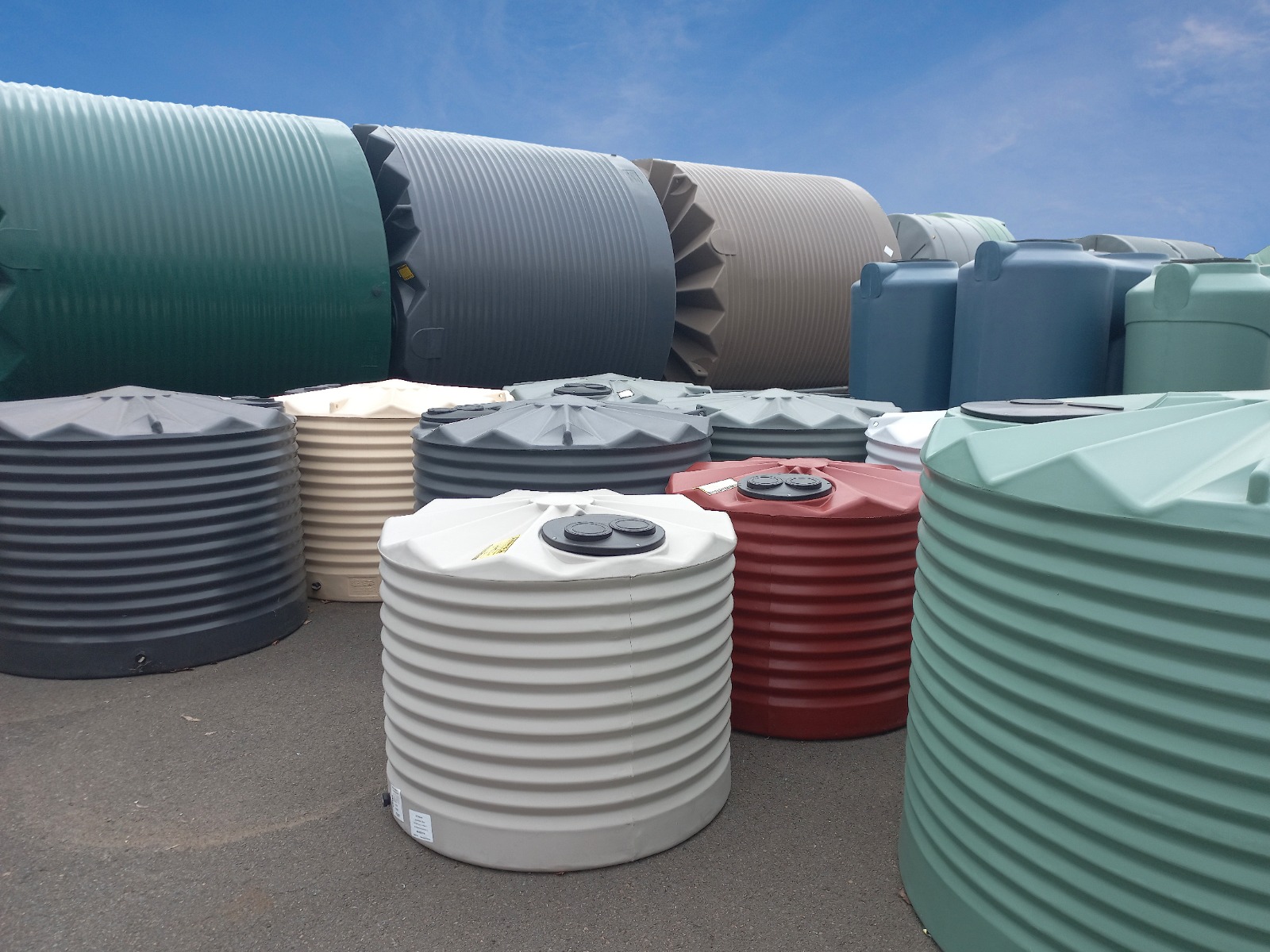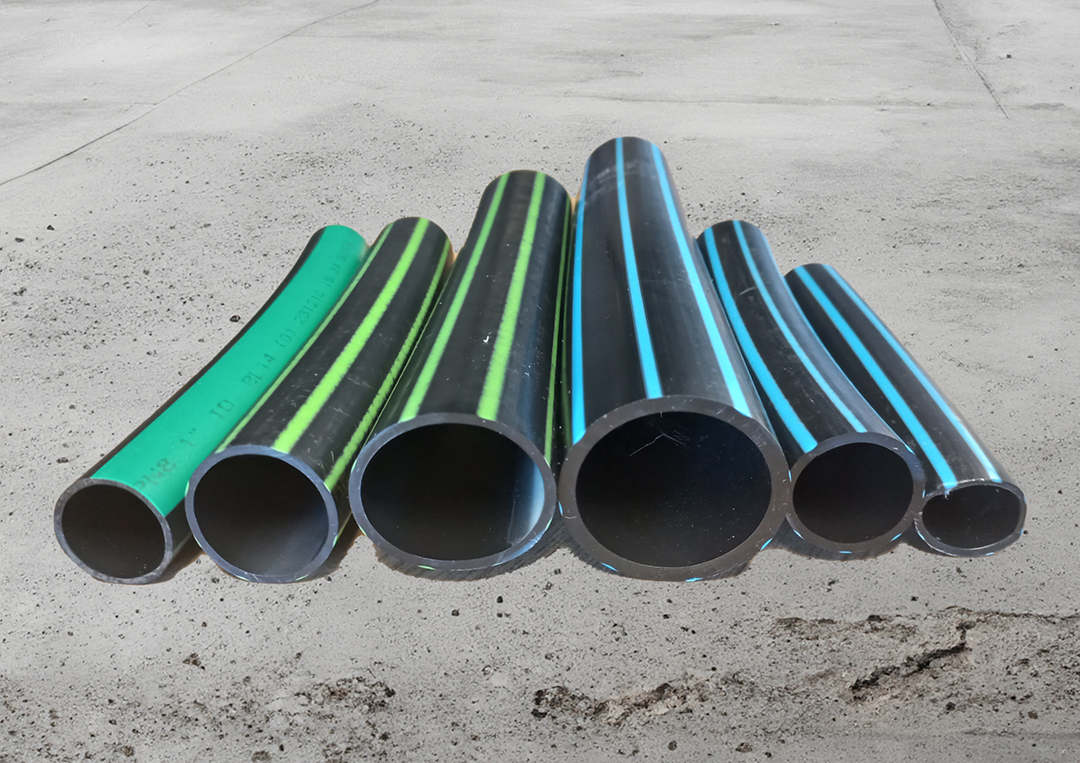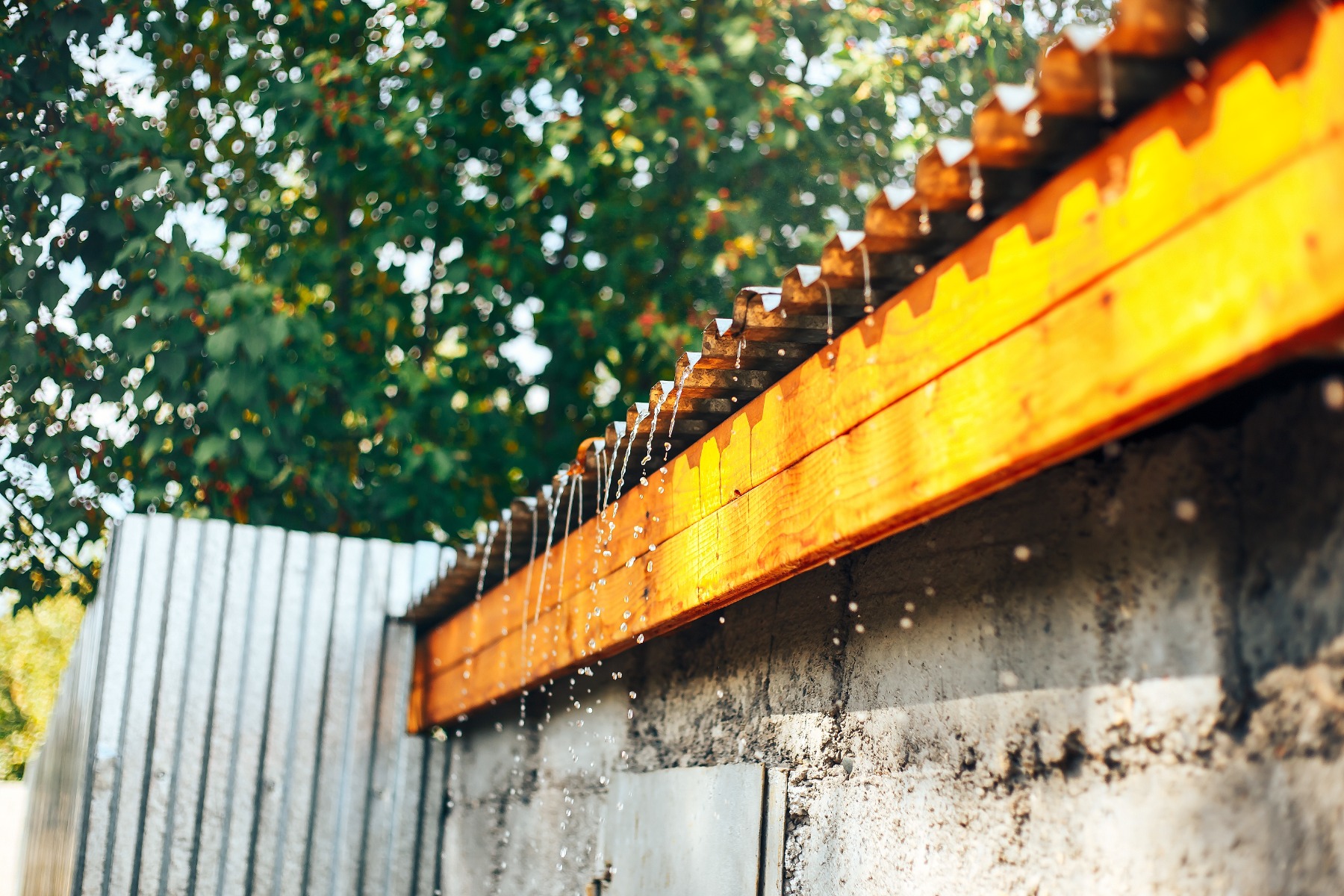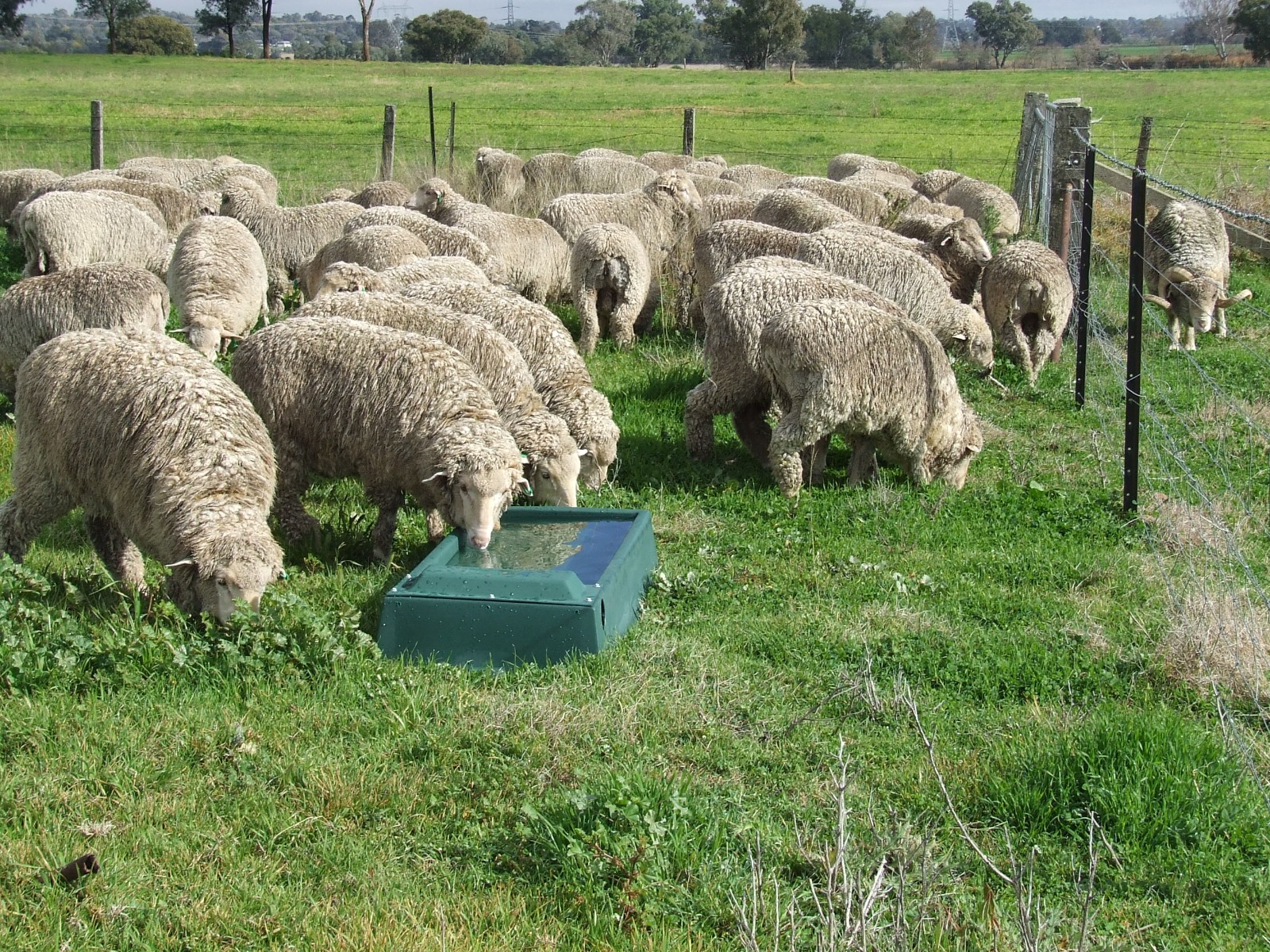- It’s a free resource and by reducing the amount of mains water you use, you will save money
Every litre of mains water that you use must be paid for. A resident of Sydney living in an average-sized detached house could save upwards of $650 per year by using rainwater instead of mains water. Yes, there’s a cost for a rainwater tank, accessories, and installation, but in most cases, payback is quick. - You can use rainwater anywhere that you use mains water
You can use rainwater just as you use mains water for any inside or outside need:
- Flushing toilets
- Washing, showering, and bathing
- Laundry and cleaning
- Cooking
- Drinking
- Any outside uses – such as car cleaning, watering the garden, topping-up the pool - You would probably be surprised at how much rainwater you can collect.
The amount of water you can collect depends on the size of your catchment – the roof area from which you collect rainwater, and the average rainfall where you live. An average detached home in central New South Wales could collect upwards of 150,000 litres per year, and a well-designed system with a 10,000L tank can satisfy 75% or more of total household water needs. - It’s easy to keep the rainwater in your tank fresh and with simple treatment, it is safe to drink
Many families that drink rainwater say they prefer the taste to mains water, and once they’ve experienced rainwater, they don’t want to go back to mains water. In addition, because it is not subject to chemical treatment, many homeowners consider it to be a healthier and higher-quality alternative. - A rainwater collection system is easy to set-up and requires very little maintenance
Wherever you decide to place your rainwater tank, to fill it, you need to connect it to the catchment – the roof and gutters, and you need a drain for overflow. Anything else that you need will depend on how and where you intend to use the water, and would include options such as pumps, filters and first-flush diverters. - Rainwater tanks come in a variety of shapes, sizes, styles and colours to suit your property.
Water tanks can be made from a variety of different materials including steel, concrete, fibre glass and polyethylene. Each of these materials has its pros and cons but it is generally accepted that the best all-round material is polyethylene or poly. Yarrin tanks are available in 24 colours and sizes from 500L to 5,000L. and a wide range of shapes and sizes including slimline and super slimline for discreet, under eave installation. - Collecting rainwater is a great way to teach your kids about sustainability
Water usage, water conservation and rainfall calculations are excellent learning opportunities for children, and they can become lifelong advocates of responsible water usage
- While tap water probably won’t harm the plants in your garden, rainwater is definitely good for them.
Rainwater is naturally soft, slightly acidic and contains dissolved nitrogen, and creates much more favourable conditions for the uptake of nutrients and water that are essential to plant health. - With increasing demand and reducing supply, you can reduce your household dependence on mains water, contributing to improved national water security
The effects of multiple households collecting water ripple outwards to:
- Reduce the need for new dams and desalination plants
- Protect remaining environmental flows in rivers
- Reduce infrastructure operating costs - A rainwater tank serves as a buffer, so stormwater does not overwhelm the drainage system
As urban development continues, the number of surfaces covered by water-resistant materials such as asphalt, concrete, brick, and steel increases. These surfaces do not allow water to pass through them, and stormwater runoff can overwhelm the drainage system resulting in floods. As rainwater tanks needs to be full before discharging into the drainage system, they allow a more progressive discharge of water and contribute to minimising flood risk.
________
Rapid Plas have been manufacturing superb quality poly rainwater tanks in Tamworth for over 30 years. Incorporating the most up-to-date engineering, manufacturing, and chemistry, Yarrin are Australia’s best-ever poly water tanks and offer a new era in rainwater storage.


